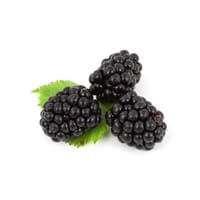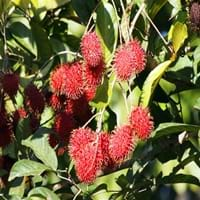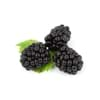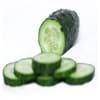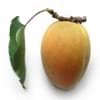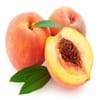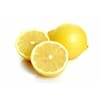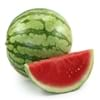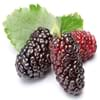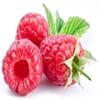Health Benefits
Cancer prevention, Heart care, Increases metabolic rate, Reduces stress, Treatment of dysentary, Treatment of skin Diseases
Anti-oxidant properties, Boosts immune system, Skin rejuvenation, Strengthening of bones
General Benefits
Digestive aid, Maintains healthy cholesterol level, Strengthens bones
Antiseptic properties, Cures headache, Removes waste from kidney
Skin Benefits
Hydrates skin, Skin rejuvenation, Skin revitalization
Hydrates skin
Hair Benefits
Promotes longer and healthier hair
Good conditioner
Allergy Symptoms
Facial muscle tension, Pressure in sinus, Respiratory congestion, Runny nose, Sneezing, Tingling sensation in wrist and face
Chest pains, Rhinitis, Wheezing
Side Effects
Nausea, Vomiting, Might cause change of urine color
Unknown
Best Time to Eat
Best if taken as a breakfast (or empty stomach), As a snack in the late afternoon, Don't consume at night and before bed, Eat the fresh ones, avoid mixing with any other foods, don't eat after meal., Morning time (before lunch)
As a snack in the late afternoon, Don't consume at night and before bed, Eat the fresh ones, avoid mixing with any other foods, don't eat after meal., Morning time (before lunch)
Vitamin B5 (Pantothenic Acid)
Vitamin C (Ascorbic Acid)
Vitamin K (Phyllochinone)
Phytosterol
Not Available
Calories in Fresh Fruit with Peel
Calories in Fresh Fruit without Peel
Not Available
Not Available
Calories in Jam
Not Available
Type
Berry
Tree fruit, Tropical
Season
Spring, Summer
Early summer, Early winter, Late fall, Late spring
Varieties
Prime Ark, Prime Jim, Illini Hardy, Kiowa, Shawnee, Apache, Arapaho, Chester, Hull, Natchez, Navaho and Triple Crown and Von
Rongrien, Chompu, Rapiah, Bingjai and Lebak Bulus
Color
Purplish black
Coral red, Yellow
Inside Color
Magenta
Greyish-white
Taste
Juicy, Sweet
Sour, Sweet
Origin
Asia, Europe, North America, South America
Unknown
Soil Type
Well-drained
Clay, Loam
Climatic Conditions
Dry, Warm to hot climate
Humid
Facts about
- There are around 2000 varieties of blackberries throughout the world.
- 80-85 degrees is the ideal temperature for its production.
- Leaves of blackberry tree are used to treat sore throats and mild inflammation of the gums.
- Oils extracted from its seeds is used to make soaps and candles.
- 'Rambut' means hairy in Malay.
- It makes the best hair mask.
- Seeds are edible and healthy too.
Top Producer
United States of America
Thailand
Other Countries
China, New Zealand, Serbia, South Africa
Africa, India, Indonesia, Malaysia, Philippines, Sri Lanka
Top Importer
United States of America
Singapore
Top Exporter
Mexico
Thailand
Botanical Name
Rubus Fruticosus
Nephelium lappaceum
Synonym
Rubus Millspaughii or Rubus Laciniatus
Rambota
Subkingdom
Tracheobionta
Tracheobionta
Division
Magnoliophyta
Tracheophyta
Class
Magnoliopsida
Magnoliopsida
Family
Rosaceae
Sapindaceae
Species
Rubus fruticosus
N. lappaceum
Generic Group
Rose
Not Available
Difference Between Blackberry and Rambutan
We might think that Blackberry and Rambutan are similar with respect to nutritional value and health benefits. But the nutrient content of both fruits is different. Blackberry and Rambutan Facts such as their taste, shape, color, and size are also distinct. The difference between Blackberry and Rambutan is explained here.
The amount of calories in 100 gm of fresh Blackberry and Rambutan with peel is 43.00 kcal and 69.00 kcal and the amount of calories without peel is Not Available and Not Available respectively. Thus, Blackberry and Rambutan belong to and category.These fruits might or might not differ with respect to their scientific classification. The order of Blackberry and Rambutan is Rosales and Sapindales respectively. Blackberry belongs to Rosaceae family and Rambutan belongs to Sapindaceae family. Blackberry belongs to Rubus genus of Rubus fruticosus species and Rambutan belongs to Nephelium genus of N. lappaceum species. Beings plants, both fruits belong to Plantae Kingdom.
